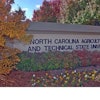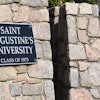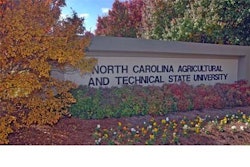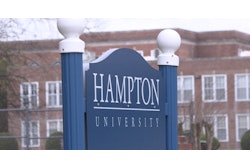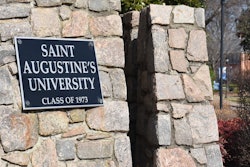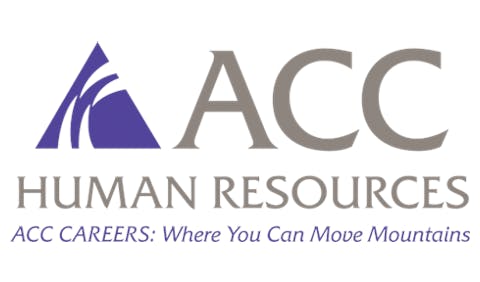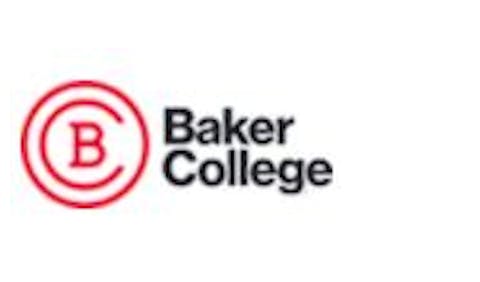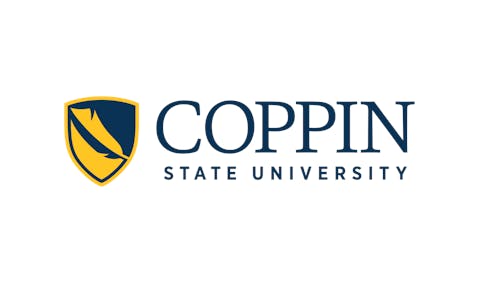In this important and timely examination of Historically Black Colleges and Universities (HBCUs), Dr. Joseph L. Jones, a political science professor at Clark
The book’s architecture is carefully constructed around ten interconnected themes, each building upon Dr. W.E.B. Du Bois’s foundational writings on Black education. Jones begins by challenging the very designation of “historically Black,” arguing that this federal label has inadvertently trapped these institutions in a cycle of dependency and identity crisis. He methodically unpacks how this manifests in various aspects of institutional life, from leadership and curriculum to campus culture and financial sustainability.
Some of the book’s most compelling sections deal with what Jones calls “misleadership” at HBCUs. He describes presidents who rule like autocrats, boards of trustees who lack higher education expertise, and administrative practices that prioritize image over substance. His critique of “professional incest” – the recycling of mediocre administrators between institutions – is particularly scathing. Yet Jones speaks from experience, admitting his own past failures and complicity in these systemic problems.
The author’s discussion of academic standards and cultural dysfunction is equally unflinching. He shares powerful anecdotes about students who have been passed along without proper academic preparation, faculty who have abandoned rigorous standards, and administrators who perpetuate a culture of low expectations. His account of a student challenging his grading standards because “no other professor” had criticized his writing is both heartbreaking and illuminating.
Financial sustainability receives careful attention, with Jones detailing how dependency on federal funding and philanthropic gifts has created a precarious existence for many HBCUs. His analysis of tuition discounting practices and their impact on institutional stability is particularly insightful. The author advocates for radical transparency in financial matters and suggests innovative approaches to building financial independence.
The book’s most original contribution is its vision of the Pan-Black College & University (PBCU) model. Jones envisions institutions that embrace Black excellence without seeking white validation, that connect African Americans to the global African diaspora, and that serve as models of social justice and equity. His criticism of diversity initiatives that mimic predominantly white institutions is especially pointed.
Jones’s exploration of respectability politics at HBCUs is nuanced and thought-provoking. He argues that these institutions must move beyond policing students’ dress, speech, and behavior according to white standards, instead fostering genuine respect for self and others within a Pan-Black framework. His discussion of how this plays out in everything from dress codes to protest politics is particularly relevant in our current moment.
The work’s limitations are few but notable. The focus on private HBCUs, while acknowledged, leaves questions about how these critiques and solutions might apply to public institutions. Some readers might also wish for more detailed implementation strategies for the PBCU model Jones proposes.
The book concludes with a powerful call to action directed at various stakeholder groups – students, faculty, administrators, alumni, and those who have been pushed out of these institutions. Jones’s appeal for forgiveness and re-engagement from those who have been hurt by these institutions is particularly moving.
Still, Black, Not Historically Black is required reading for anyone concerned about the future of Black higher education. It offers a roadmap for transformation that is both radical and practical, visionary and grounded in reality. While some may find Jones’s critiques uncomfortable, his ultimate message is one of hope and possibility. He envisions HBCUs not as relics of the past but as dynamic institutions capable of leading the way toward a more equitable and just future in higher education.
The timing of this work could not be more crucial, as HBCUs face both unprecedented challenges and opportunities in the wake of racial justice movements and increased national attention. Jones makes a compelling case that the future of these institutions depends not on their historical designation but on their ability to embrace and exemplify Black excellence on their own terms.
The book is a landmark contribution to the literature on Black higher education that will likely spark important conversations and, hopefully, meaningful change.


